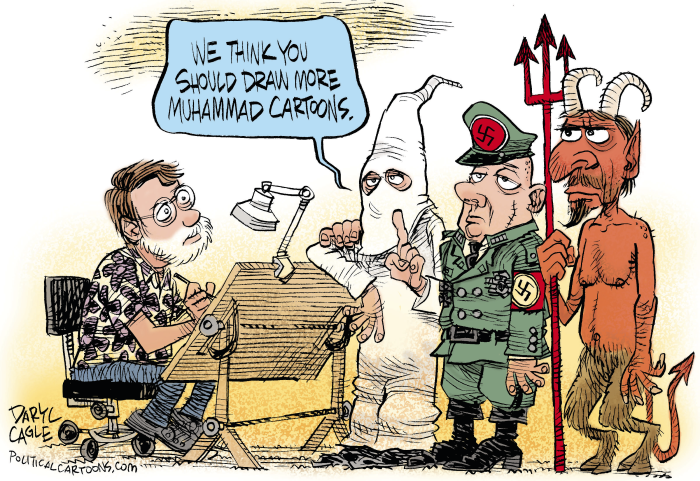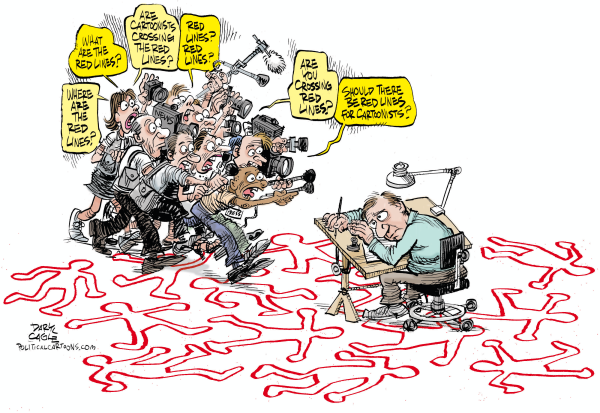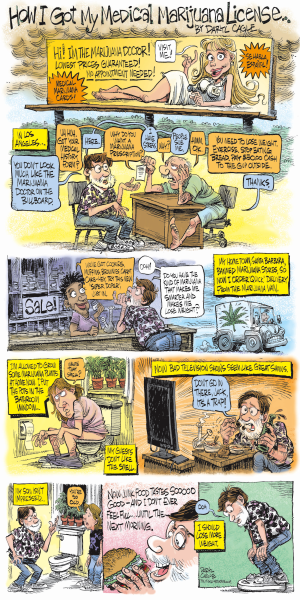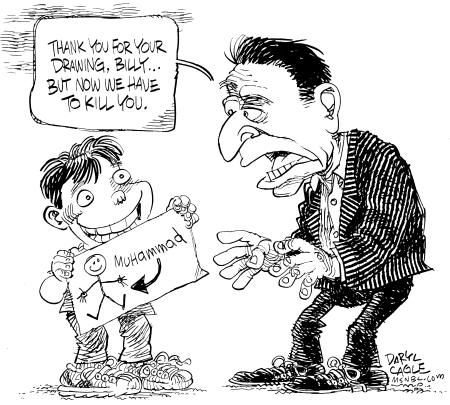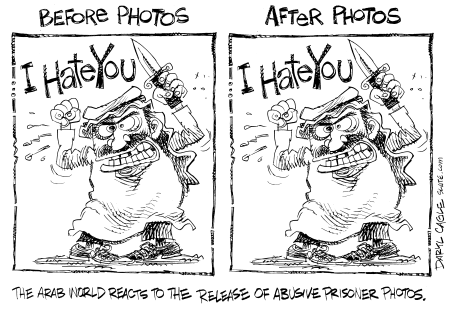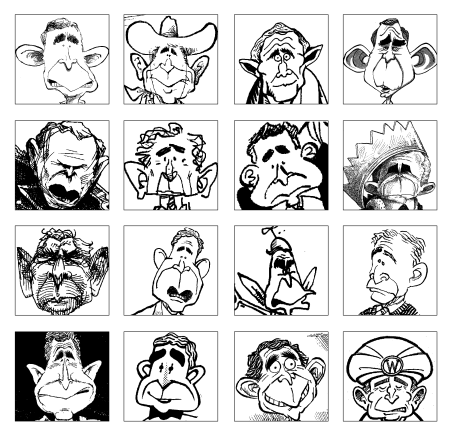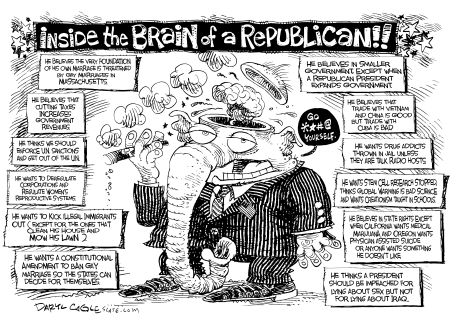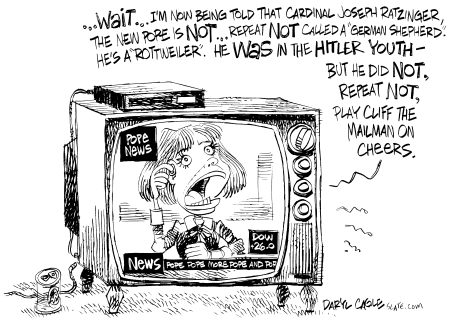
Crowds fill the streets in the Middle East, demanding the execution of the Danish cartoonists who drew caricatures of the Prophet Muhammad. Bounties for the murder of the cartoonists have been offered by Muslim extremists and have been trumpeted in the press as the poor cartoonists live in hiding, under 24-hour police protection.
Why did the Danish cartoonists draw the cartoons? To test the limits of press freedom? To show disrespect for Islam? Because a Danish author couldn’t find an illustrator for his book about Muhammad? No, the Danish cartoonists drew “caricatures” of Muhammad because a Danish newspaper, the Jyllands-Posten, hired them and paid them $73 each, along with the promise that the cartoonists would get their names and photos in the local newspaper.
The cartoonists knew they were being hired to draw provocative cartoons accompanying an article about the limits on press freedom, but they had no idea that they would be the tiny spark that lit a huge bomb in the Muslim world. (If they had known, they certainly wouldn’t have done the drawings in exchange for getting their photos in the newspaper.)
Some of the cartoonists even made fun of the assignment they were given; one of the offending cartoons shows a man looking at a police line-up who asks, “How can I identify Muhammad if I don’t know what he looks like?” Another offending cartoon shows a turban-wearing cartoonist holding his drawing of a stick-figure Muhammad while an orange, labeled “PR Stunt,” drops into his turban. (Dropping an orange refers to a Danish idiom and expresses the cartoonist’s disdain for his assignment.)
As condemnation rains down on the Danish cartoonists an important distinction is lost –the difference between cartoonists who are illustrators and political cartoonists.
I’m a political cartoonist; I draw cartoons that convey my opinions. Anyone who sees my cartoons will know what I think on a wide range of issues. Political cartoonists are journalists, just like columnists we decide for ourselves what we want to say, and we are responsible for what we say. Editors don’t tell political cartoonists what to say (although editors sometimes stop us from saying things that are offensive).
The Danish cartoonists are illustrators; they are given assignments by clients who pay them for their work. Illustrators draw what they are hired to draw. No one can look at the work of an illustrator and discern what the illustrator’s opinions are. Illustrators usually draw pictures that go with an author’s words; they might be creative and inject their own ideas, but still they are working at the direction of a client. The Muhammad cartoons are not political cartoons, they are illustrations drawn to accompany a newspaper article about press limits, an issue that arose because an author couldn’t find an illustrator for his book about Muhammad.
The Danish Muhammad cartoons are broadly – and wrongly – described as political cartoons by pundits and politicians who don’t understand the difference between one kind of cartoonist and another. The “political cartoon” label unfairly condemns the Danish cartoonists, none of whom would have chosen, on their own, to express any opinion about Islam, press freedom or the Prophet Muhammad.
The perception of the Danish Muhammad cartoons as “political cartoons” is chilling to real political cartoonists who are suddenly perceived as ticking time-bombs that can explode at any time. Editors, who were already uncomfortable reining-in their unwieldy, bomb-throwing cartoonists, are now more timid than ever.
Everyone asks me why I don’t draw Muhammad in a political cartoon – am I afraid to give offense or am I afraid for my own safety? I’ll draw whatever I want; I’ll be offensive if I want to be, but I want my cartoons to effectively convey my opinion, and my opinion about the Danish Muhammad cartoons issue is that the violent response to the cartoons is wrong and is far out of proportion to the provocation. If I were to draw a cartoon depicting Muhammad now, the only message the cartoon would convey is: “Hey, look at me, I can offend you too.” That is not what I choose to say.
Daryl Cagle is a political cartoonist and blogger for MSNBC.com. He is a past president of the National Cartoonists Society and his cartoons are syndicated to more than 800 newspapers, including the paper you are reading. His books “The BIG Book of Bush Cartoons” and “The Best Political Cartoons of the Year, 2005 Edition,” are available in bookstores now.



